Shadow Tower: FromSoftware's Hardest Game for the PlayStation
Examining more of the DNA that built the Soulsborne series

Throughout the year, I've covered the whole King's Field franchise (except for the one for PS2, that'll come later) so it makes sense that I cover Shadow Tower, for it has the same basic DNA.
Shadow Tower is a first-person action game released in Japan in June 1998, and in North America in November 1999. Currently, it can still be found on the PlayStation store for the PS3 and PS Vita.
Story
Compared to King's Field, the story is way less important for the game, but you're still given the narrative motivation to come into the Shadow Tower.
The Shadow Tower contains and seals the one-eyed crown, which contains terrible powers. Besides the tower is the town of Zepter (or Zepta, depending on whether you want to trust the game or the manual). In this town lives a granny that took care of the orphaned protagonist, Ruus Hardy, when he was a kid. Hardy would grow up to become a mercenary and leave the town.
One day, he was walking between nations and was looking forward to seeing his granny, thanks to the fact that Zepter acts as a sort of crossroads. But when he arrives, he only finds rubble. A man explains that the crown has consumed the town and all its inhabitants and that Hardy needs to conquer the tower to rescue them.

After you win a short video plays, showing who is likely to be Ruus
as king. It can be assumed that the town was saved (but it's the 90s, CGI is expensive, so we don't see anyone else). The game implies that Russ is being corrupted by the crown, but you might miss it if you didn't read the manual.
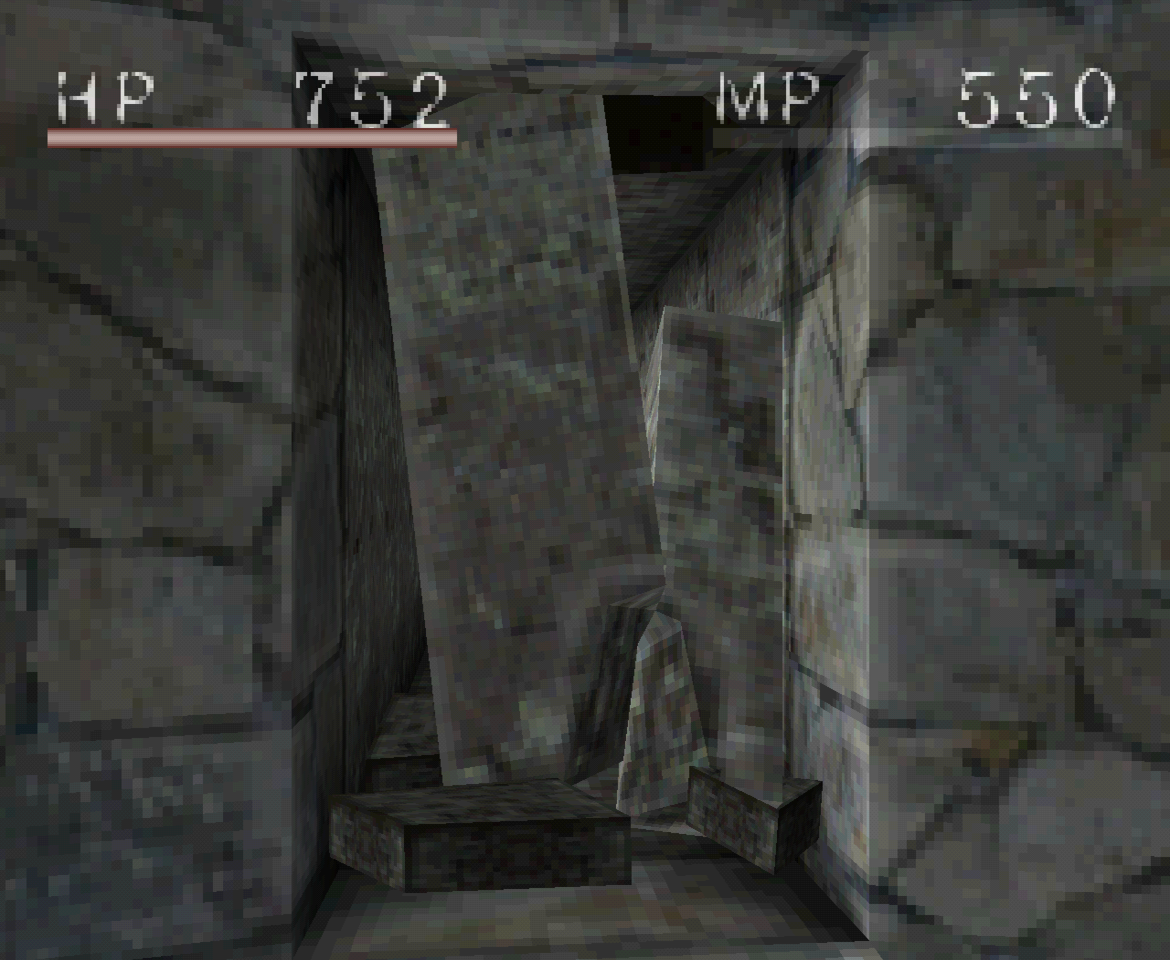
Presentation
The graphics in this game are more complex than the King's Field games for the original PlayStation. You have more polygons, 150 different kinds of monsters populating the world, and better textures. But on the other hand, areas are tinier and delimited by doors, so you get a Resident Evil-style loading screen between them, though there are no surprise attacks.
And just like in King's Field, expect roughly 20 FPS with slowdowns. If you played their previous games, you'd likely be more or less used to it, but it's going to be especially rough for those starting from scratch with this game.
And the music is… nonexistent. Only the pre-rendered videos have music, and perhaps this was done in order for the experience to be more immersive. While there's no music, there are ambient sounds that will play for a short moment after you've spent several minutes in an area, making you feel paranoid about whether it comes from an enemy or not.
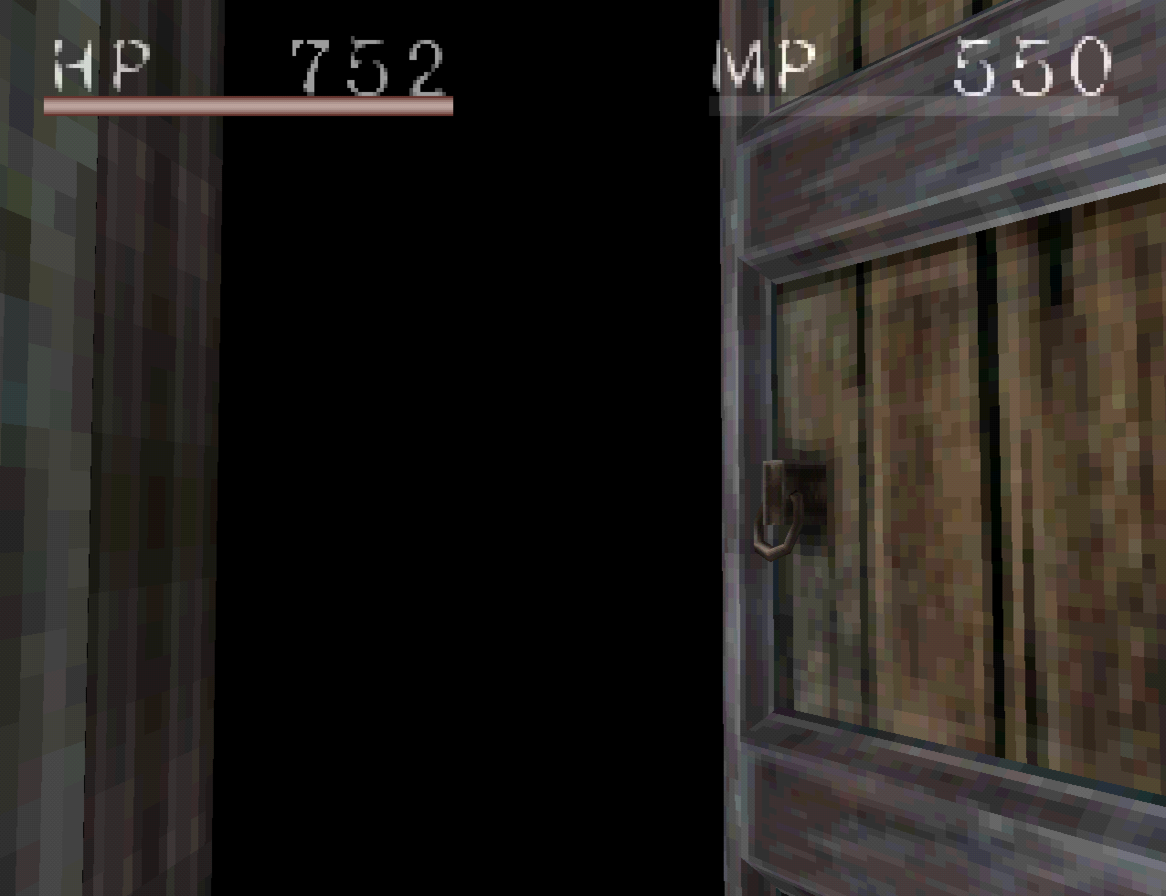
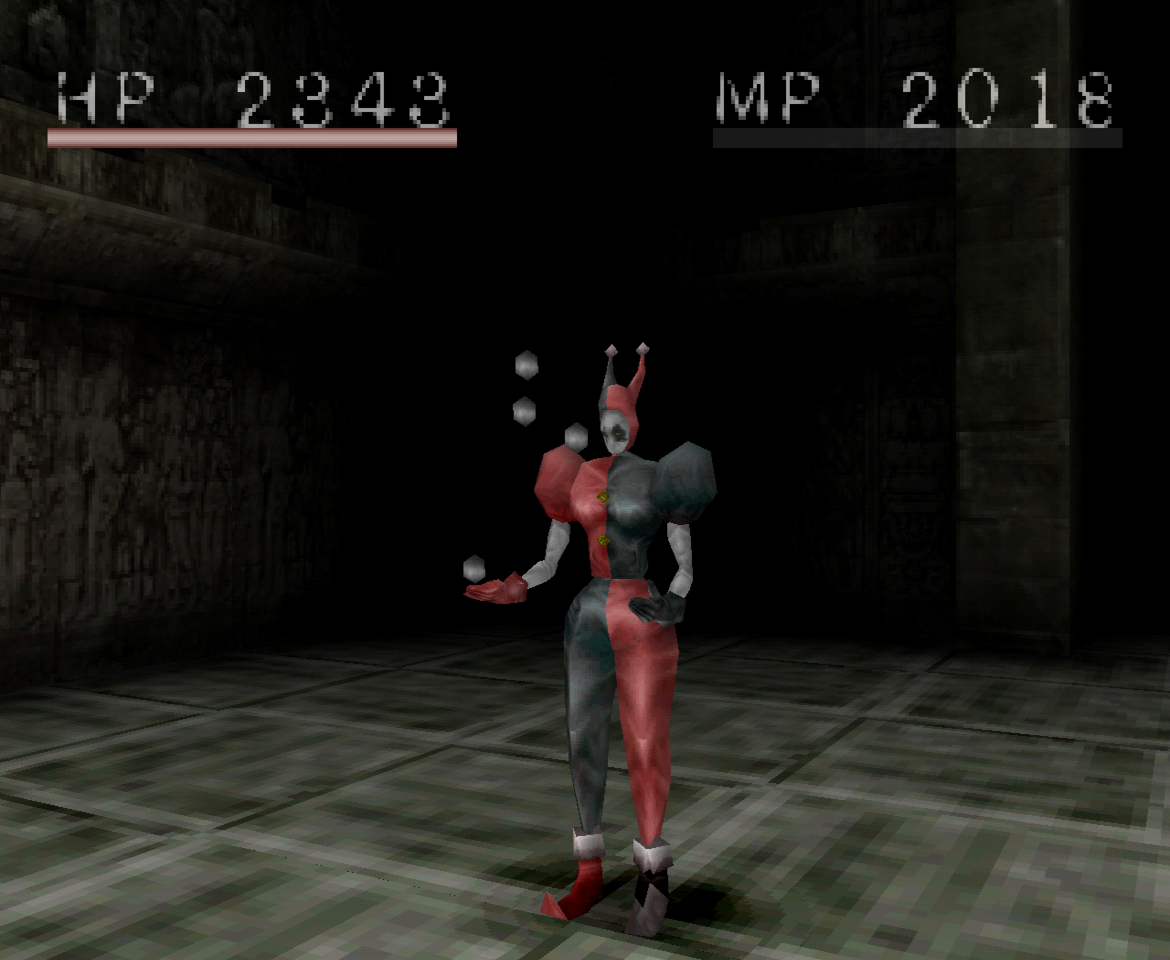
Source: Author.
Gameplay
Having been released just seven months after the very first DualShock controller, this marks the first FromSoftware game to support the analog sticks - at least, it would have if we lived in a perfect world. In the real world, the game still had D-pad tank controls and triggers to aim vertically (plus shoulders to strafe), just like in King's Field. Thankfully, playing on a newer console gives players the option to map controls to their sticks.
Meanwhile, the main gameplay loop is still: explore, kill, explore, kill. There were some changes though, changes that are geared toward making the game harder than previous games.
When it comes to exploring, this game has no map. I guess it makes sense that a cursed tower that seals away a dangerous artifact has no map, though the game sorts of compensates for this by making each individual area smaller. That said, I won't forgive FromSoftware for removing the compass.
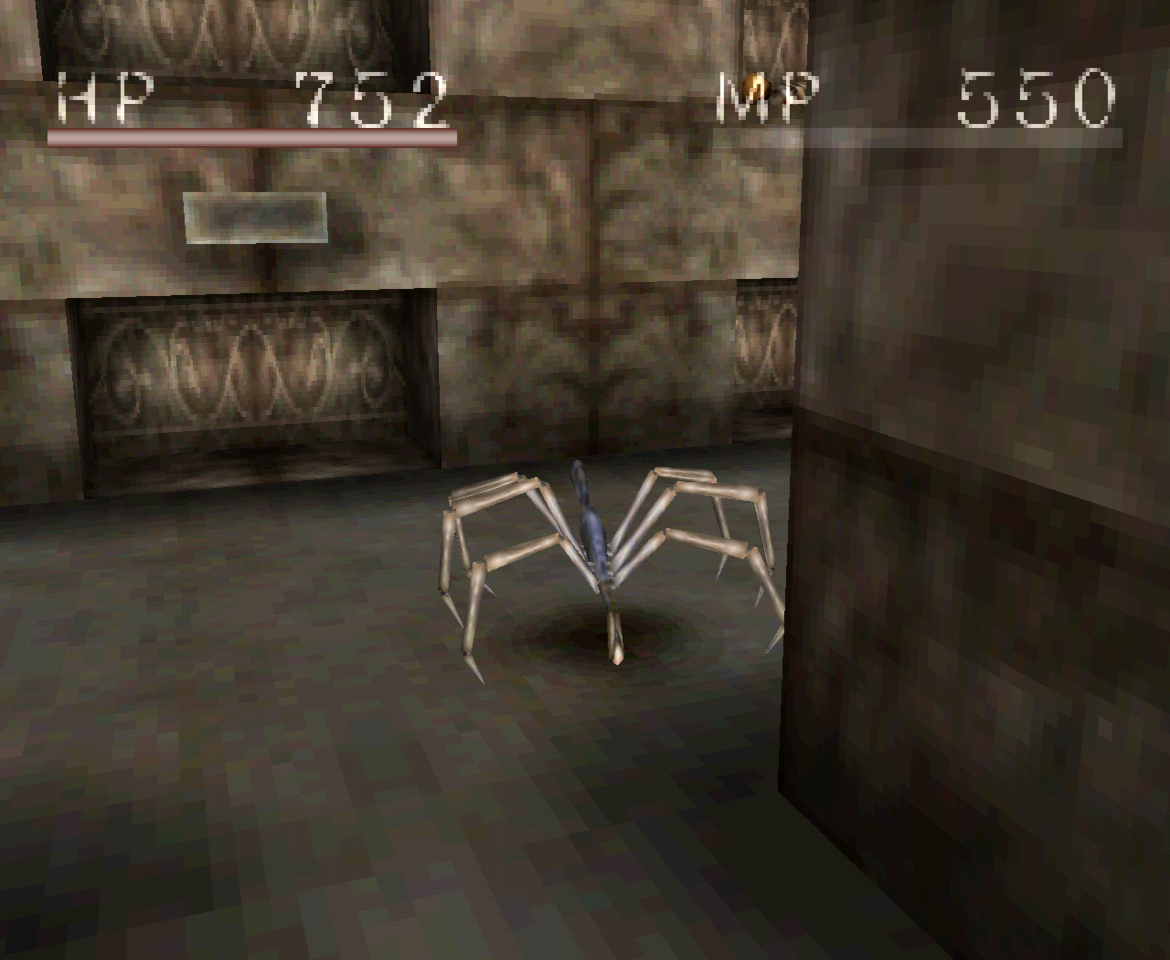
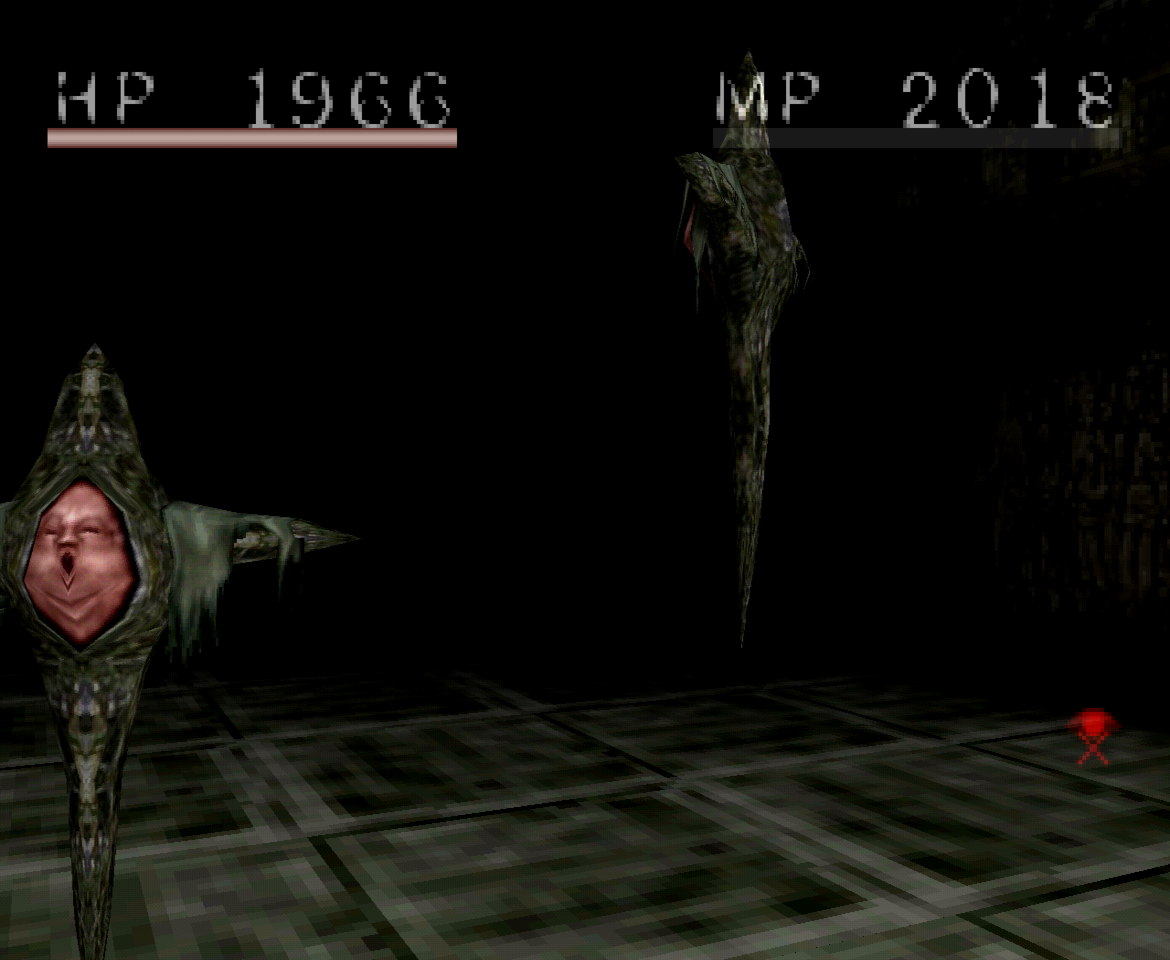
Beware of dealing with multiple enemies at once. Source: Author.
Another thing that hinders exploration is that you have fewer “transport” options. Gone are the days of freely teleporting to go heal or explore past areas. Sure, there are a number of teleportation devices that connect two areas together, but you're still doing a lot more walking to revisit places.
And now, for combat changes, I'll start with the negative: what little range your weapons had in KF was removed in ST. If you aren't hugging the enemy your melee attacks won't reach at all.
Besides that, this game is a bit more tactical. Your shield isn't a passive item this time, and you have to hold it for it to protect you, a mechanic also used in King's Field Additional. Some of the best weapons are two-handed, which means you'll have to choose between pure offense or having the option to equip a shield.
When you get close to an enemy, information about them will appear in the creature book which will give you a description and information regarding how much HP they have, along with their weapon and magic resistance stats.
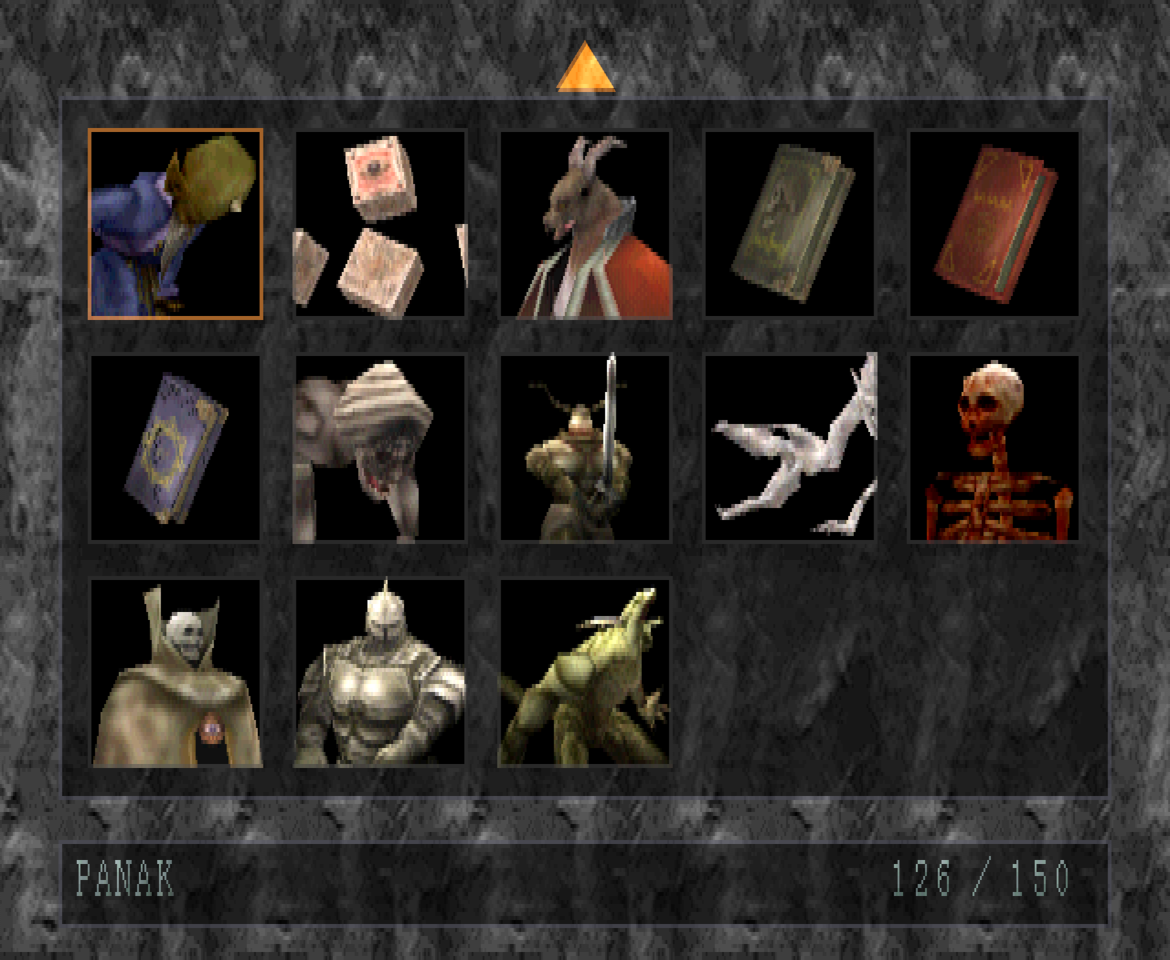
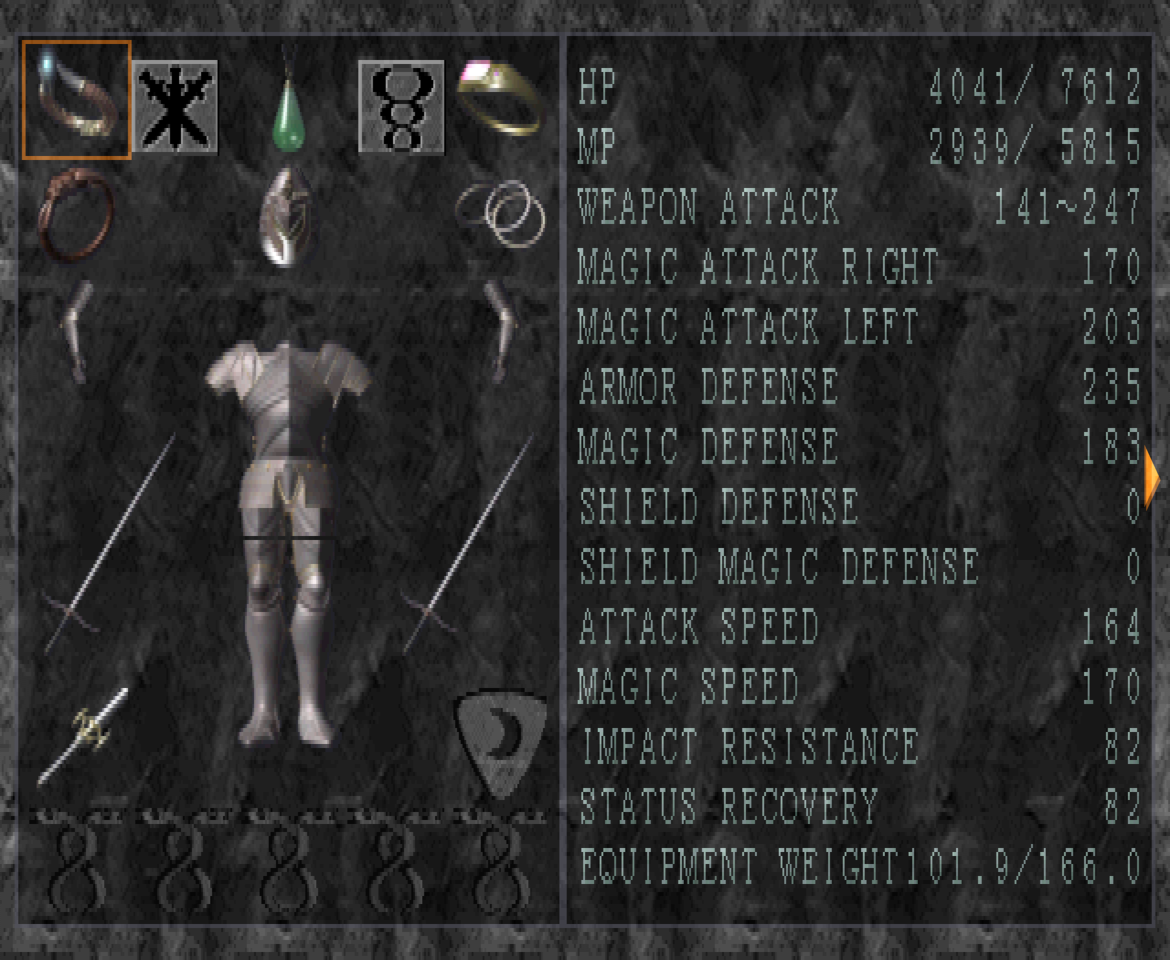
You can check the information of creatures you've crossed paths with, and your equipment. Source: Author.
Magic isn't learned from crystals and instead depends on rings, with different rings offering different magical abilities (you can't use ice magic with a fire ring, for example). You can equip two rings at once, so you can have two kinds of magic equipped at the same time! But this also means you need to do a two-button combination to cast magic from either your left or right hand.
The last combat change—and arguably the most significant—is that your equipment has durability. That's right, it can (non-permanently) break. Bracelets and amulets last forever, but weapons, armor, and rings damage as you use them or take damage.
You have to be very careful with what you use and the damage you take, especially at the start, as you don't have a lot of redundant equipment. To repair them, you have two options:
- Dorado's ashes: A consumable item that repairs a little bit of every equipped item. You normally only want to use these as a last resort.
- Merchants that can repair your equipment require your health in exchange, and while there are several throughout the game, it's still a relatively long walk between them. You can repair items with zero durability here, but they are a lot more expensive to repair.
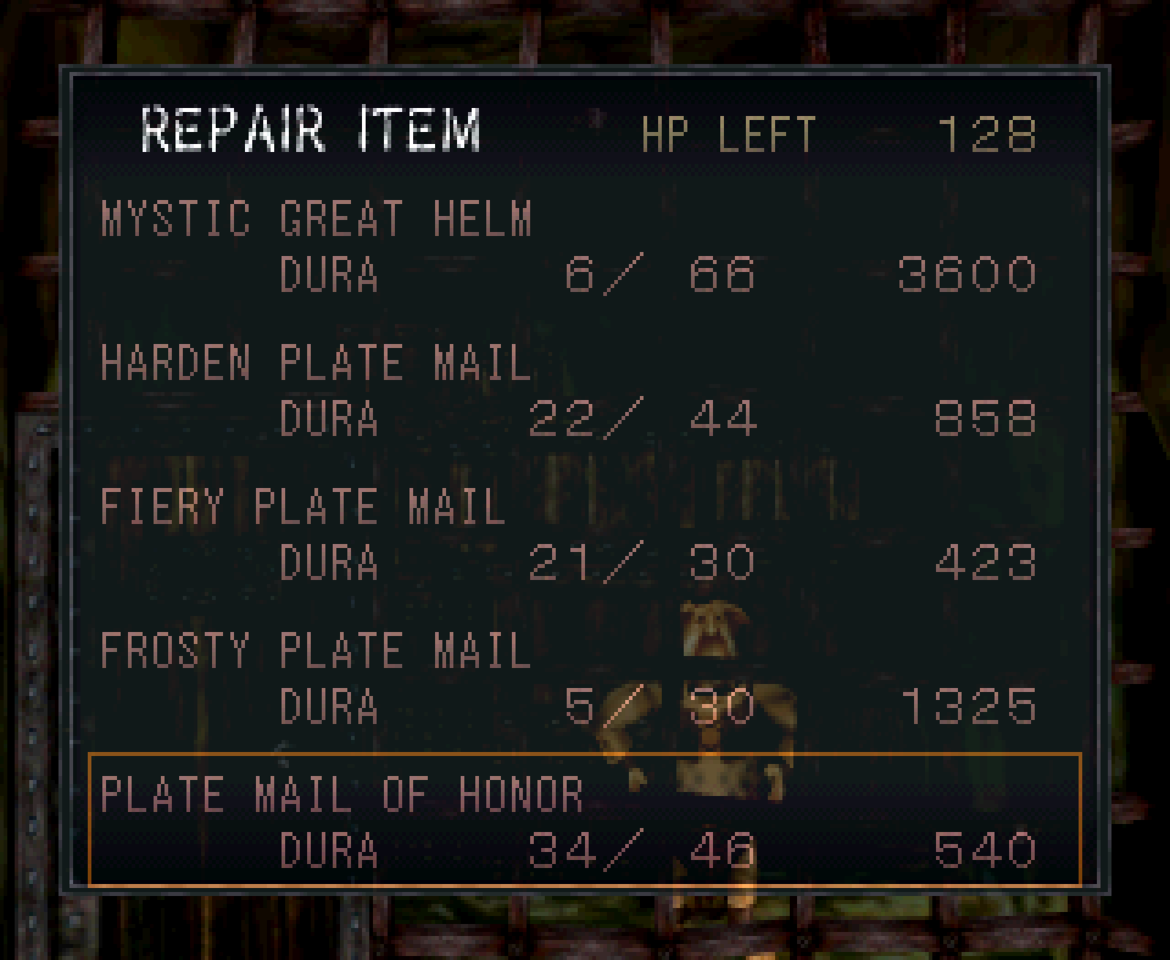
Note that, unlike King's Field, you can't really do much “farming” in this game because each area has a given number of enemies that can ever spawn per playthrough. You can't just kill 200 slimes before fighting the boss because there aren't 200 slimes to spawn.
This also means there's a limited amount of currency and items to earn. This also means you have to be careful when choosing what to repair, as you'll need to use potions to heal afterward or walk all the way to the only healing fountain in the game.
The game is ruthless and unforgiving, so when you are starting up, make sure to look for every secret you can find because you'll need to have some backup equipment if you want to get far. Later, you'll find merchants where you can sell your equipment (even the broken ones) in exchange for HP or MP potions.
On the topic of the actual killing of enemies, this game doesn't have a level-up system. Rather than getting experience to gain a bunch of stats when leveling up, you get stats increases after every encounter based on what enemy you killed.
Shadow Tower has 8 worlds, most have 4 areas, but some may have more or less. All but one of these worlds has at least one boss to fight. You can often skip the boss from a given world and continue elsewhere, but to reach the last boss, I think you need to kill all of them. While the game certainly isn't open world, there's more freedom regarding the order in which you can do things than you might expect.
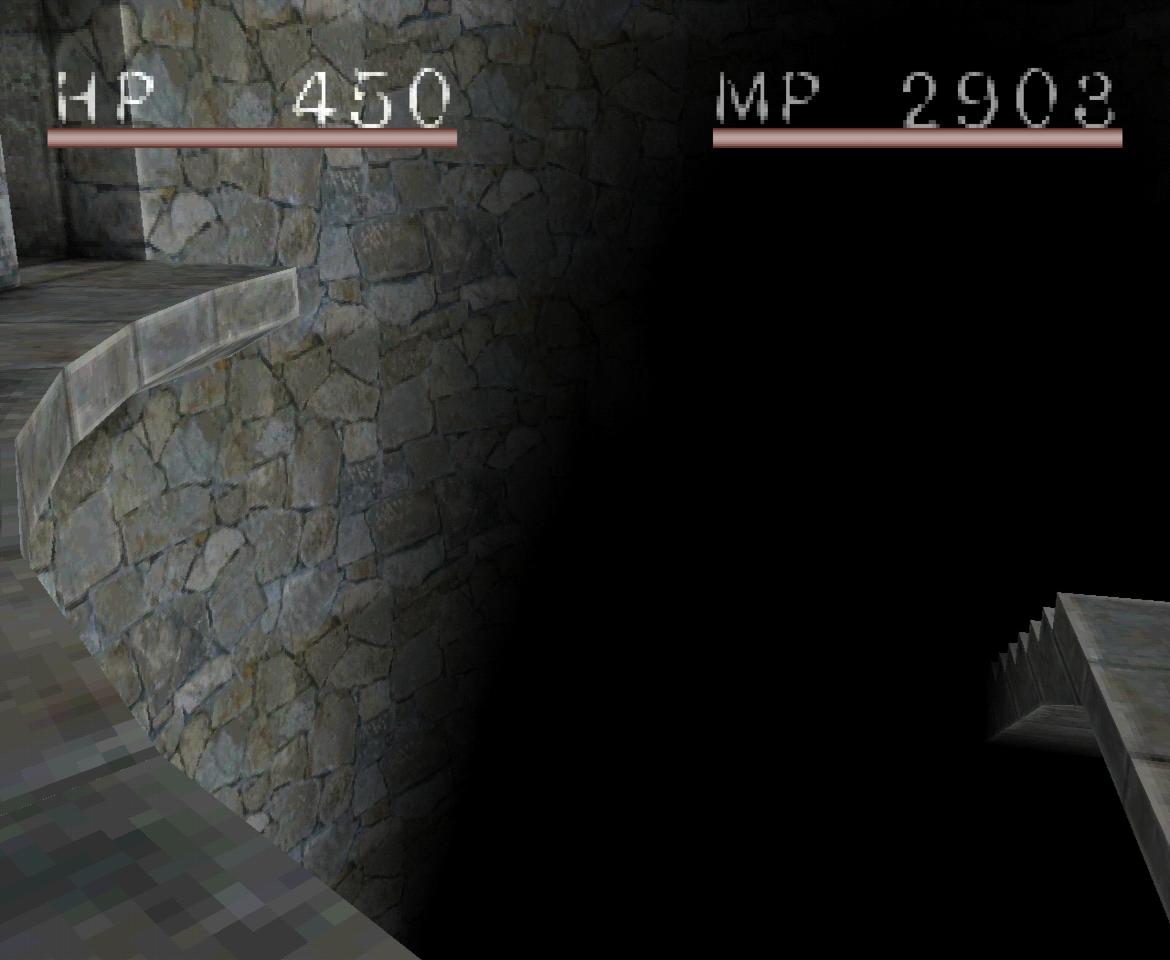
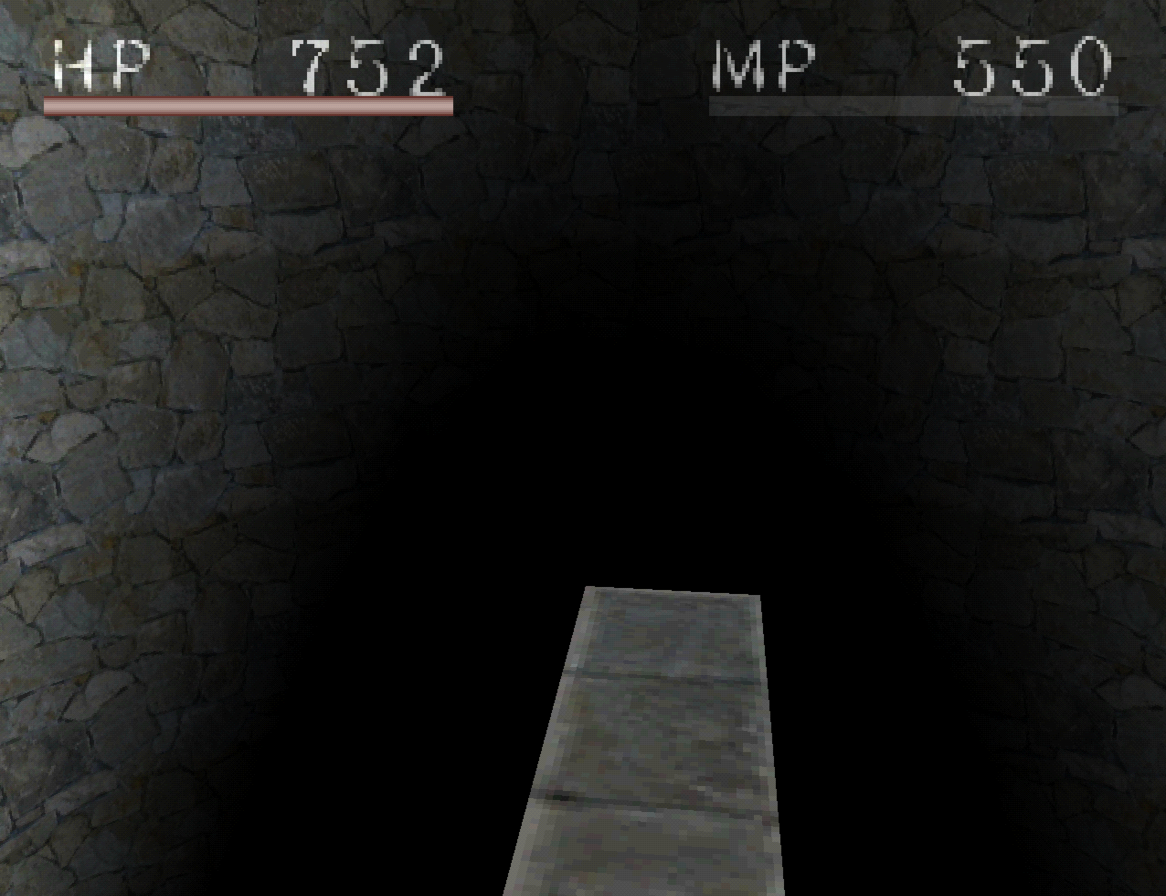
The inner parts of the tower that interconnect the world might looks barren, but it's the inside that counts. Source: Author.
Even though this game clearly builds upon King's Field, I was surprised by the absence of the Sword of Moonlight. Perhaps they thought it'd be weird to have it be breakable, or that it'd become the only weapon people use if it can't be broken.
Conclusion
Shadow Tower is one of FromSoftware's toughest games. Technical limitations and some design decisions might make it a frustrating experience for many. But there's no denying that conquering the tower by careful exploration and metered usage of your items is a greatly satisfying experience.
If you ever get to play the game, try to not be discouraged by the difficulty; while it's tough, it gets easier over time.
